4 Types of Depreciation Methods & Its Formula
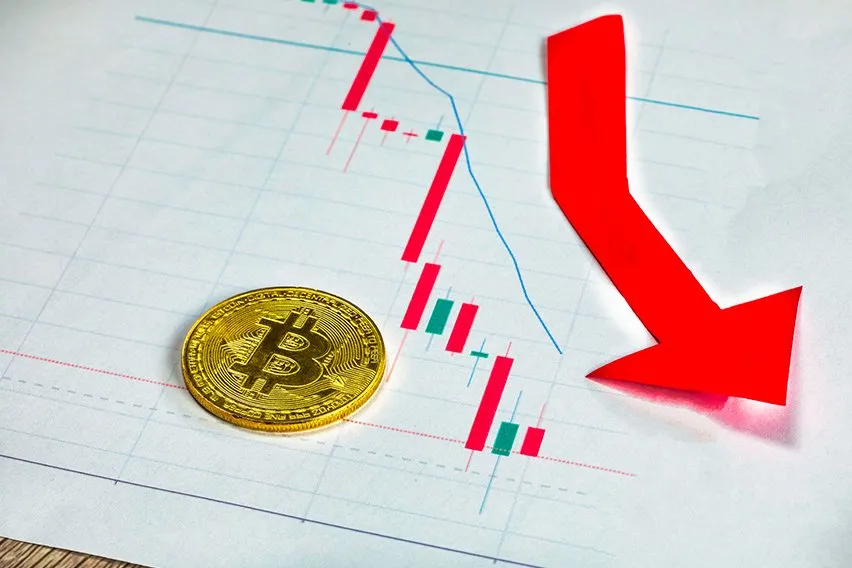
Depreciation is an important term when it comes to accounting. Depreciation rates directly affect the way that a business operates. For the most part, depreciation has to do with a business’s assets, as well as their useful lives. As such, it’s important to understand how to calculate depreciation in the most beneficial way.
Depreciation isn’t related to a single formula. In fact, there are 4 different ways to calculate depreciation that are used frequently. Keep reading to learn about the common ways to perform a depreciation calculation!
Here’s What We’ll Cover:
The 4 Most Common Methods of Depreciation
What is Depreciation?
Before we get started, it’s important to know exactly what depreciation is. Depreciation relates to two different concepts. The first concept is the actual definition of depreciation.
The decrease of the fair value of an asset.
Seems simple enough, right? Well, in accounting, nothing is as simple as a definition. As such, the second concept has to do with how depreciation is accounted for. When reviewing depreciation and how it relates to accounting, you have to take into consideration how to decrease value. Some assets decrease in value steadily. Others decrease in value rapidly, and need to be devalued at an accelerated rate.
Accounting principles state that you have to choose a way to decrease the value of an asset and stick with it. This means that for all accounting periods, you’ll calculate depreciation until the asset life has expired. An excellent accounting software can help you determine depreciation for your assets.

Things to Remember
Depreciation is only used when you’re referring to tangible assets. Depreciation amounts for intangible assets are calculated using an amortization rate. Additionally, your method of depreciation should relate to the type of asset directly. Some accumulate gradual wear and tear, while others lose value quickly. Choose your rate of depreciation wisely.
The 4 Most Common Methods of Depreciation
If you’re ready to start calculating depreciation, there are 4 common ways to go about it. The methods listed below cover a range of assets, and should be helpful to you and your business.
The Straight-Line Depreciation Method
This may be the most common method of depreciation, and it is certainly the easiest. When calculating using the straight-line method, the depreciation expense is the same annually. When your annual depreciation expense cost is the same from year to year, it’s easier to predict the life of an asset.
To calculate depreciation using this method, you’ll need to know a few things. First, you’ll need to know the original cost of the asset. Then, you’ll have to estimate the entire life of the asset in years. Finally, you’ll also need the salvage value for the asset. If you don’t know the salvage value, estimating it at 0 is acceptable in most cases. Now, let’s look at the straight-line depreciation formula:
Depreciation Expense = (Original Cost – Salvage Value) / Useful Life in Years
So, for our example, let’s imagine your company purchased an asset worth $10,000. The estimated life of this asset is 5 years. There is no salvage value. Now we can plug those figures in to find the annual depreciation expense.
Depreciation Expense = ($10,000 – $0) / 5
Depreciation Expense = $10,000 / 5
Depreciation Expense = $2,000
The estimated annual depreciation expense for your asset is $2,000 a year. Pretty easy, right?
The Double-Declining-Balance Depreciation Method
This method is another common way to calculate depreciation for businesses, however, it’s a mouthful. It’s a bit easier to call it the double-declining-balance method, or the double-declining method. Names aside, this method is very useful for businesses with assets that depreciate quickly. A good example of an asset that declines at an accelerated rate is a company vehicle, in most cases.
This method results in depreciation expenses being higher earlier in the asset’s life. Then, later on in the asset’s life, the depreciation expense starts to fall slowly. This is an accelerated depreciation method. In the double-declining method, the depreciation factor is twice that of the straight-line method. Let’s look at the formula:
Periodic Depreciation Expense = Beginning Book Value x Rate of Depreciation
You may be wondering how to come up with these figures. Thankfully, it isn’t too difficult. The beginning book value refers to the asset’s value at the start of the year. Let’s imagine that we have that $10,000 asset again. We’re going to look at the first two years of depreciation.
First, we have to calculate the depreciation rate. This can be done by using another formula, as seen below. You’ll also need to know the useful life of the asset.
Expense = (100% / Useful Life of Asset ) x 2
Expense = (100% / 5 ) x 2
Expense = 20% x 2
Expense = 40%
Now we can determine the first year’s expense cost.
$10,000 x 40% = $4,000 Depreciation Expense
Then, to calculate the following year’s expense cost, you’d follow the same steps. You’d do this until it has reached its last year of useful life.
Sum-of-the-Years-Digits Depreciation
This is another one of the accelerated methods of depreciation. This formula, however, is a bit harder to use than the previous formula mentioned. In this method, the remaining life of an asset is divided by the sum of years. Then, it is multiplied by the depreciating base to determine the expense.
To use this method, it’s recommended to use a spreadsheet. However, it can be completed without using a spreadsheet in most cases. Here’s how to calculate the depreciation manually.
Depreciation Expense = (Remaining Life / Sum of Years Digits) x (Cost – Salvage)
Let’s work with that same $10,000 asset. Imagine that it has a life of 5 years still, as we have been, as well as no salvage value. Here’s what the formula would look like for the first year:
Depreciation Expense = (5 years / Sum of Years Digits) x ($10,000 – $0)
To find the Sum of Years Digits, you use the figure for Remaining Life. It would look like this:
Sum of Years Digits = 5 + 4 + 3 + 2 + 1
Therefore, the Sum of Years Digits is 15. Let’s insert that into the equation, and work it out from there.
Depreciation Expense = (5 years / 15 years) x $10,000
Depreciation Expense = .33 x $10,000
Depreciation Expense = $3,333
This is the amount of depreciation for the first year. All following years would follow the same basic steps. This method can lead to different results than the double-declining method. As such, it’s important to study them both closely.

Units of Production Depreciation Method
This method is the most specific method used. It is a way of determining the fair value of an asset via depreciation. As such, there are specific numbers you’ll need for the units of production method. Rather than looking at an asset’s life by the years that it remains useful, you look at how much it can handle. For some vehicles, that may be engine hours. For machinery, it may be the amount of units it’s estimated that it can produce.
The depreciation in this method is based on real-world figures, making it very accurate. Other methods of depreciation rely on estimation, while this relies on data. Here’s what the formula looks like:
Depreciation Expense = (Number of Units Produced / Life in Number of Units) x (Cost – Salvage)
Looking at our $10,000 asset, let’s assume that it can produce 500,000 units. In the first year of owning it, it produced 75,000 units. The salvage value is still $0. Plugging those numbers in, the equation looks like this:
Depreciation Expense = (75,000 / 500,000) x ($10,000 – $0)
Depreciation Expense = 0.15 x $10,000
Depreciation Expense = $1,500
Using this method is the best way to extend the life of an asset. Not all assets will be used equally from year to year. If you want to make sure that you get the most out of your assets, estimating life and depreciation this way is recommended.
Key Takeaways
Yearly depreciation of assets is an important thing to consider for businesses. In most cases, you want to get the most out of your assets, especially vehicles and machinery. Some assets will depreciate gradually, and others will depreciate at an accelerated rate. When you’re trying to get the most out of your assets, it’s important that you depreciate them correctly.
If you’re looking for more info like this, be sure to visit our resource hub! We have plenty of information available for small business owners and industry enthusiasts. Be sure to check it out!
RELATED ARTICLES

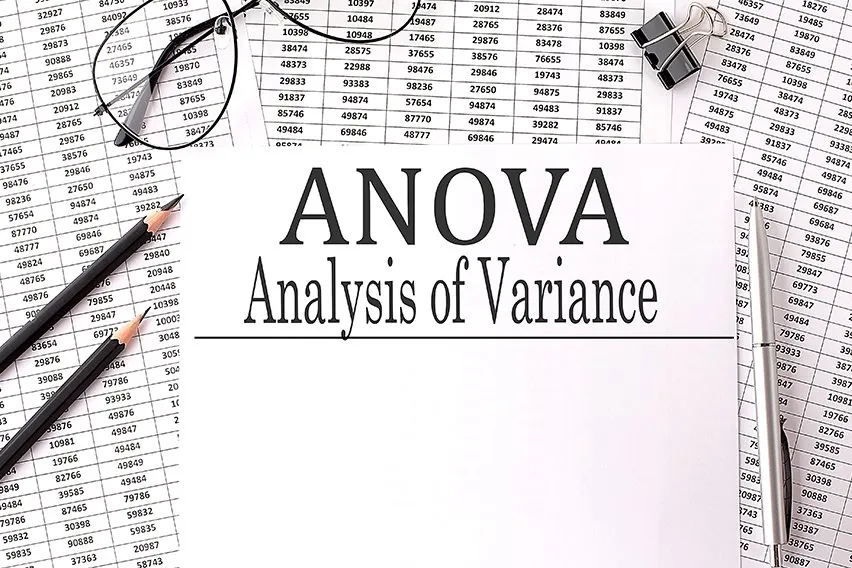 The Definitive Guide to Variance Analysis for Businesses
The Definitive Guide to Variance Analysis for Businesses 5 Best Asset Management Software
5 Best Asset Management Software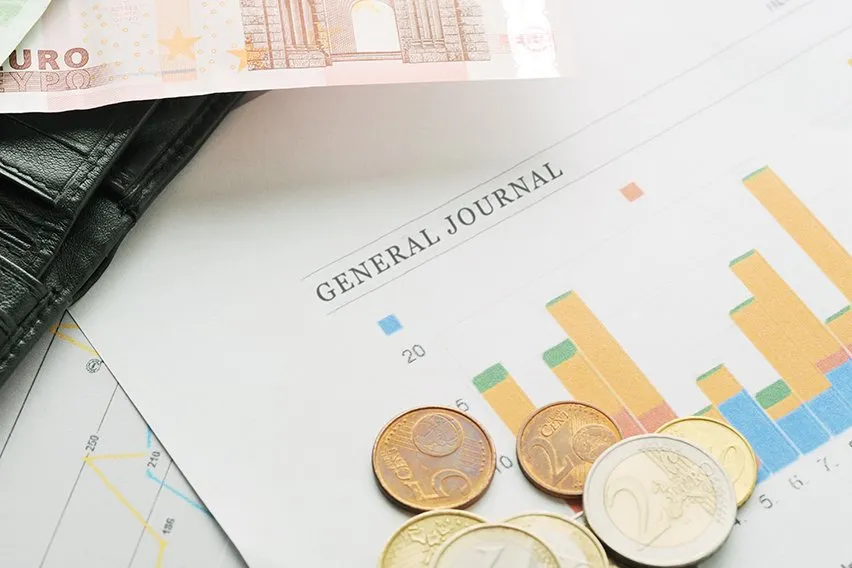 General Journal: Definition, Examples & Format
General Journal: Definition, Examples & Format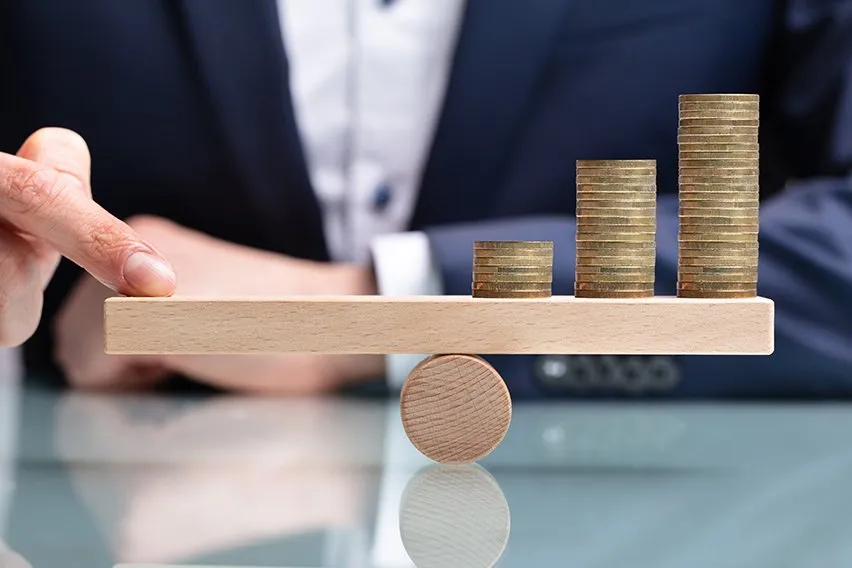 What Is Leverage Ratio & How to Calculate It?
What Is Leverage Ratio & How to Calculate It?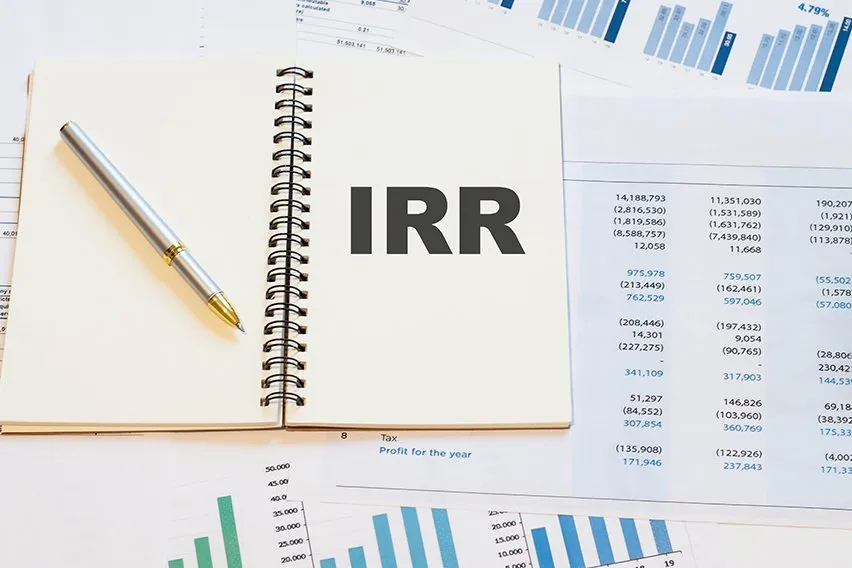 Internal Rate of Return (IRR): Definition & Formula Guide
Internal Rate of Return (IRR): Definition & Formula Guide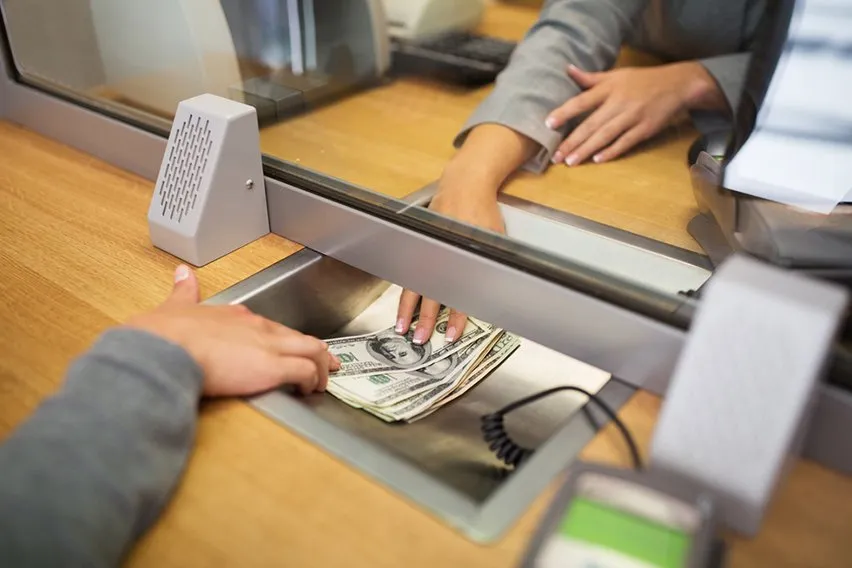 What Is an Outstanding Deposit?
What Is an Outstanding Deposit?